18 pages • 36 minutes read
Langston HughesTired
Fiction | Poem | Adult | Published in 1931A modern alternative to SparkNotes and CliffsNotes, SuperSummary offers high-quality Study Guides with detailed chapter summaries and analysis of major themes, characters, and more.
Literary Devices
Form and Meter
“Tired” is a lyric poem, which is generally a short poem that expresses the personal viewpoints of the poet or speaker. The poet uses free verse to express his thoughts on the world, therefore he is not restrained by iambic pentameter or other regular meter. However, the form of “Tired” appears deliberate, with Line 2 and Line 8 intentionally clipped and Lines 1, 3, 4, 5, 6, and 7 staying within five to eight syllables.
Hughes employs a subtle but identifiable rhyme scheme, with “you” (Line 2) rhyming with “two” (Line 6), and “kind” (Line 4) rhyming with “rind” (Line 8). The rhymes and jumpy meter reflect the influence of jazz and blues, as these two musical genres allow the artist to create rhyme and rhythm. The two swerves in line length reflect jazz and blues’ ability to produce sounds of different lengths in the same composition—whether those sounds come from the jazz musician's instrument, the blues singer’s mouth, or the poet.
Another way to think about the form is in the context of a riddle. The poem is a lyric, but it can also be seen as a puzzle because the speaker doesn’t provide a clear solution to the problem of the “worms” (Line 7).
Related Titles
By Langston Hughes
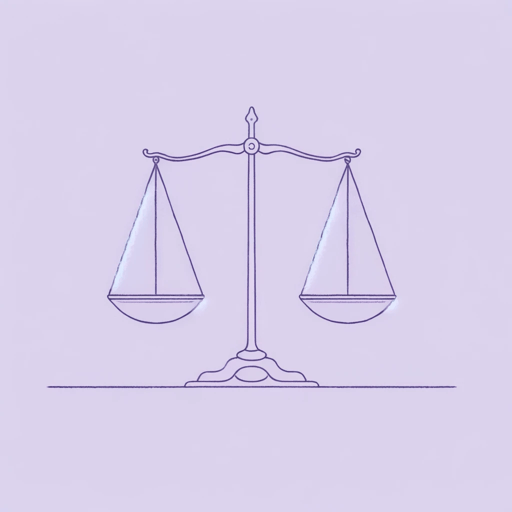
Children’s Rhymes
Langston Hughes
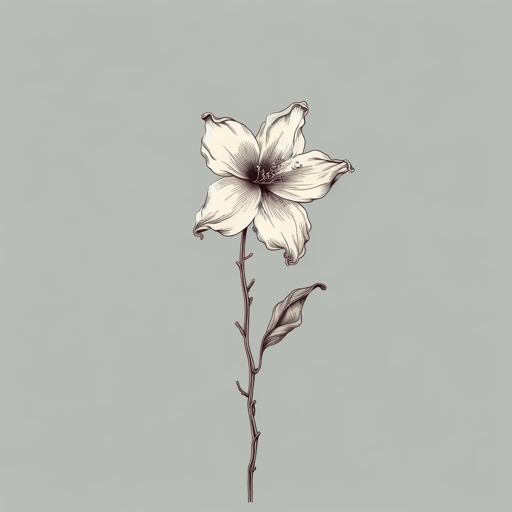
Cora Unashamed
Langston Hughes
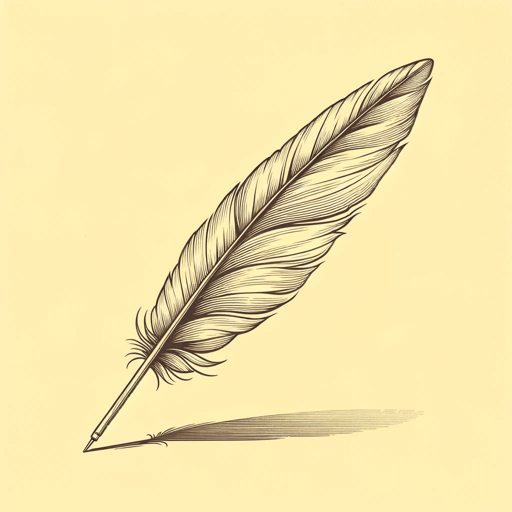
Dreams
Langston Hughes
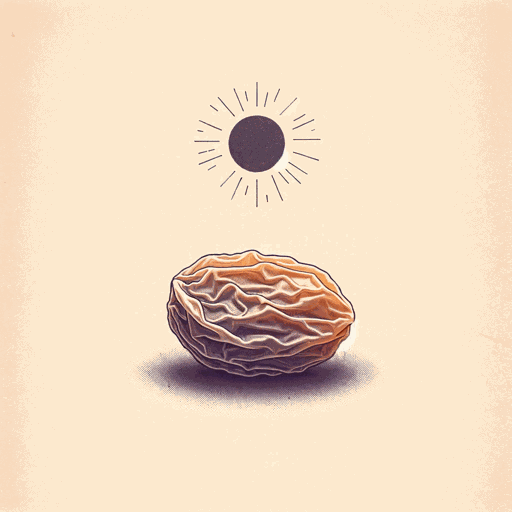
Harlem
Langston Hughes
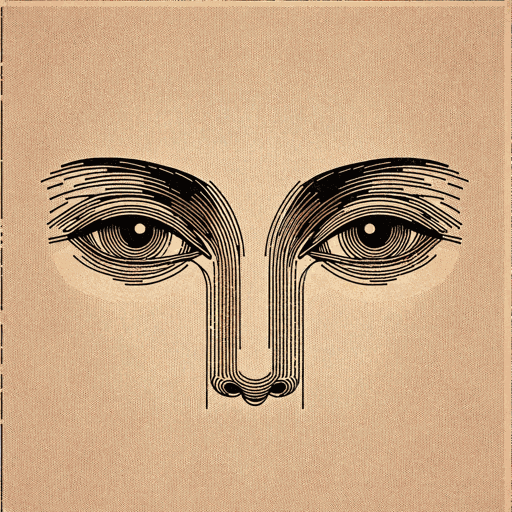
I look at the world
Langston Hughes
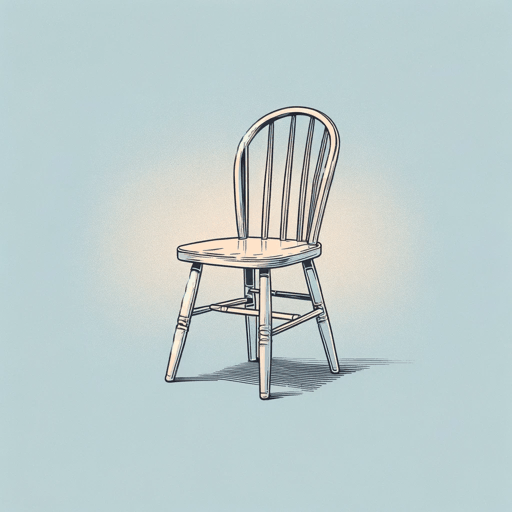
I, Too
Langston Hughes
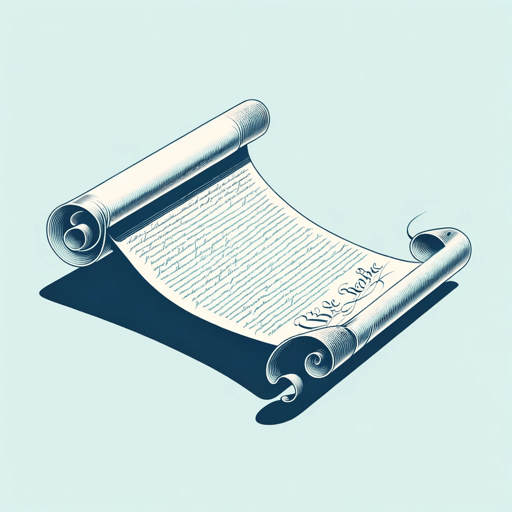
Let America Be America Again
Langston Hughes
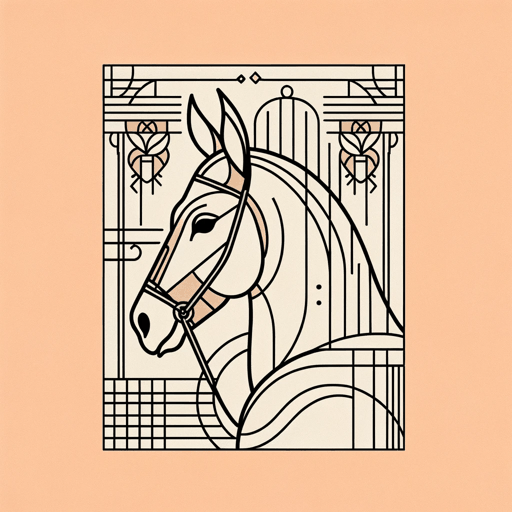
Me and the Mule
Langston Hughes
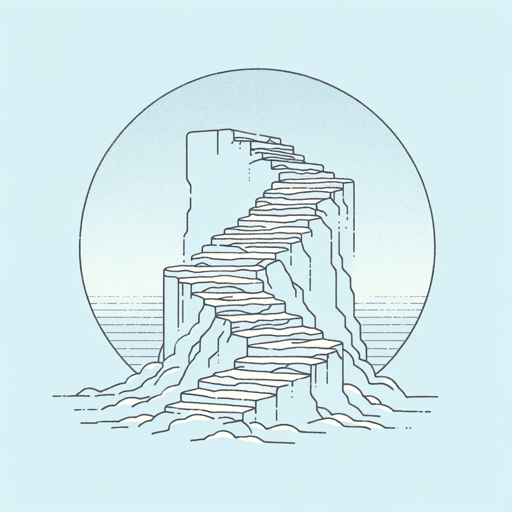
Mother to Son
Langston Hughes

Mulatto
Langston Hughes

Mule Bone: A Comedy of Negro Life
Langston Hughes, Zora Neale Hurston
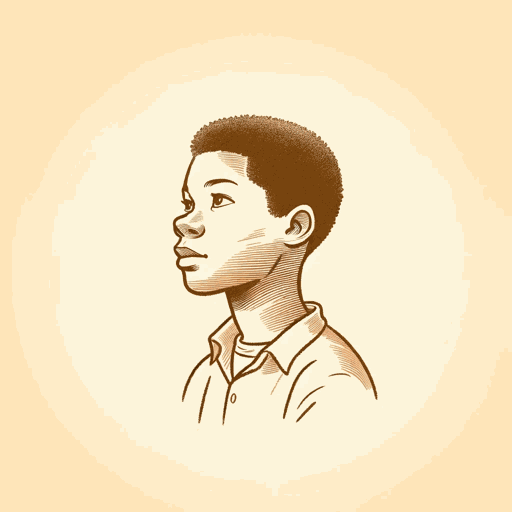
Not Without Laughter
Langston Hughes
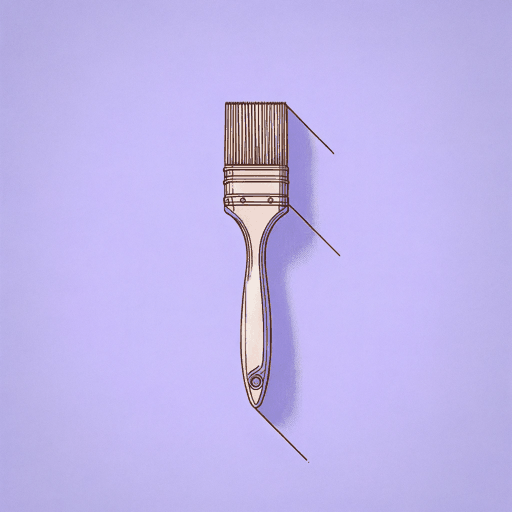
Slave on the Block
Langston Hughes
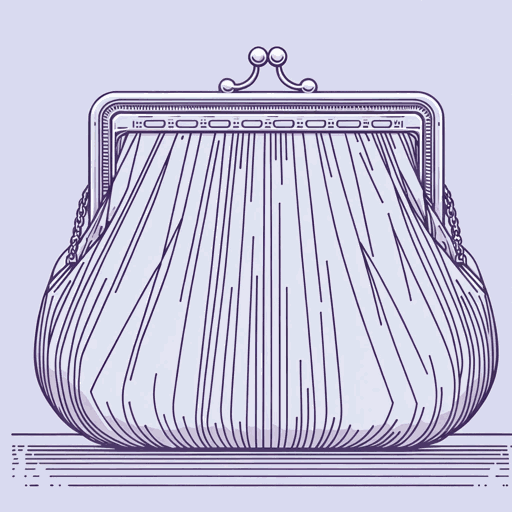
Thank You, M'am
Langston Hughes

The Big Sea
Langston Hughes
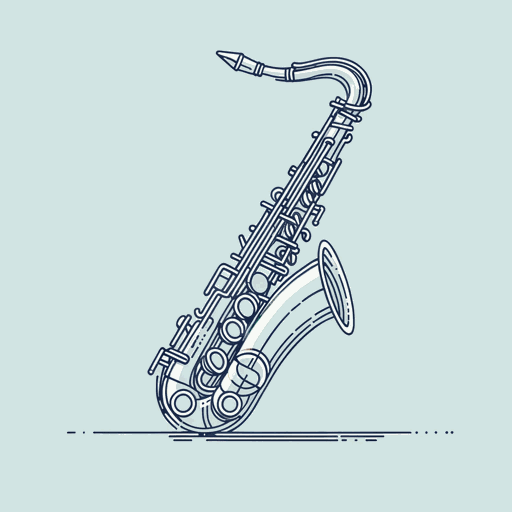
Theme for English B
Langston Hughes
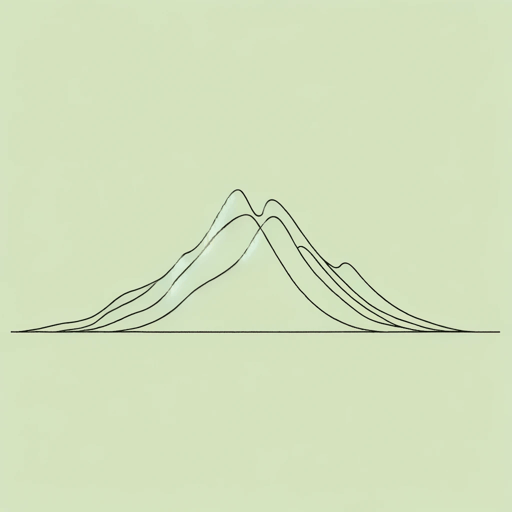
The Negro Artist and the Racial Mountain
Langston Hughes
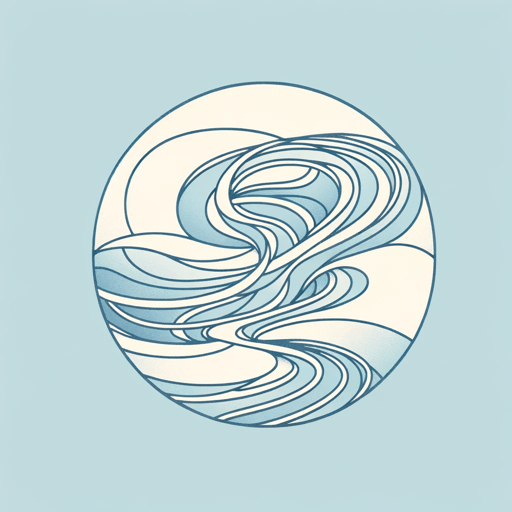
The Negro Speaks of Rivers
Langston Hughes
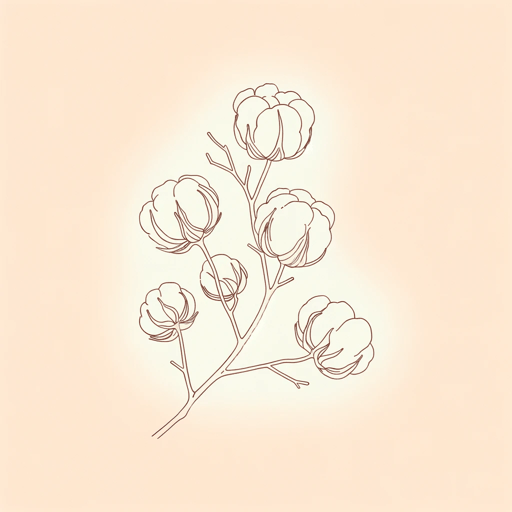
The Ways of White Folks
Langston Hughes
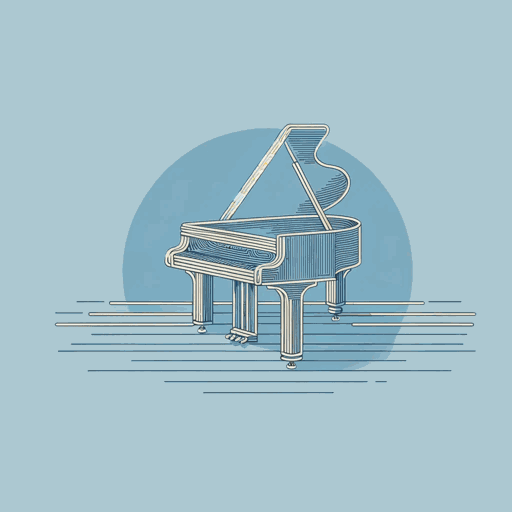
The Weary Blues
Langston Hughes

